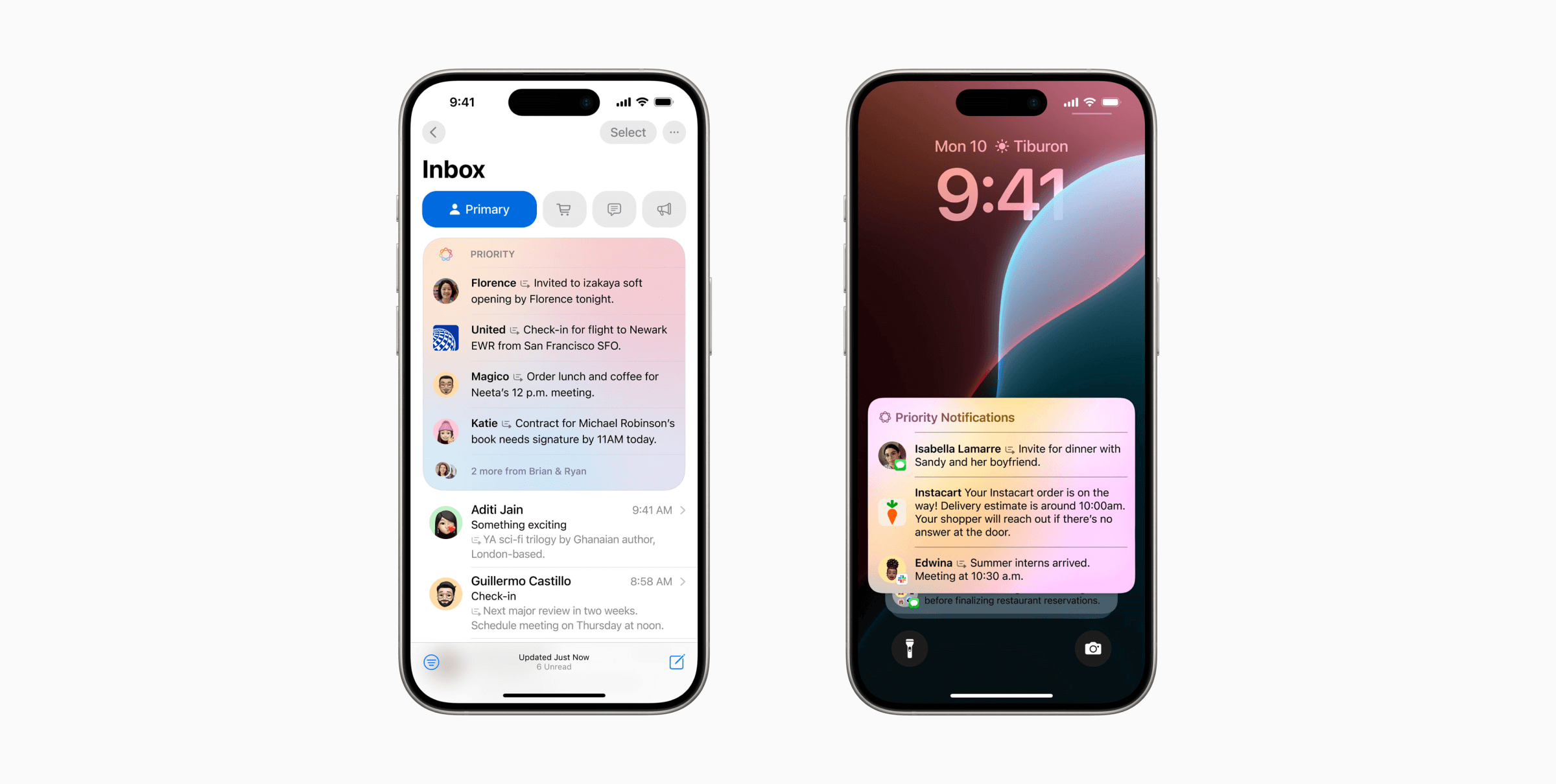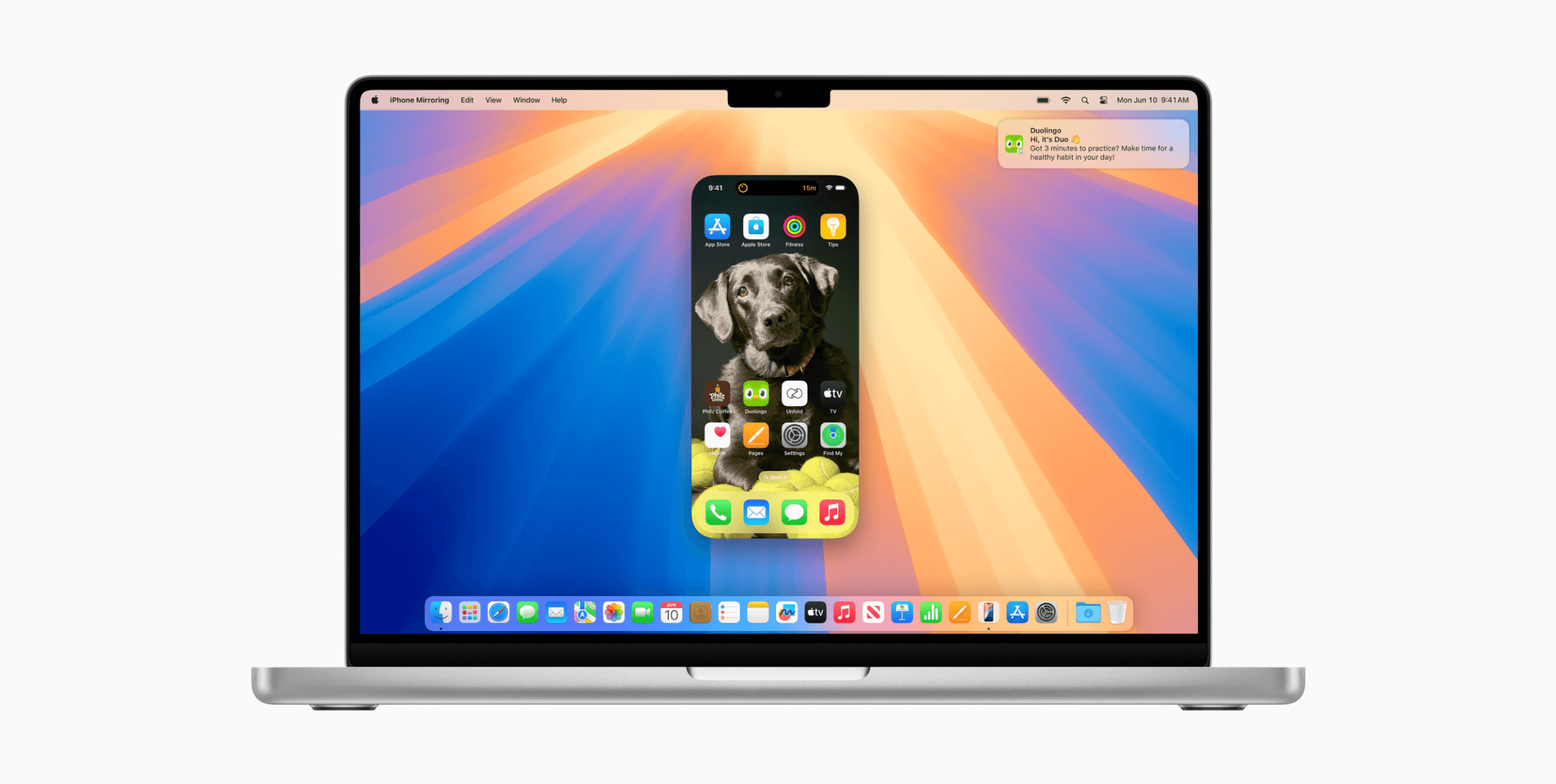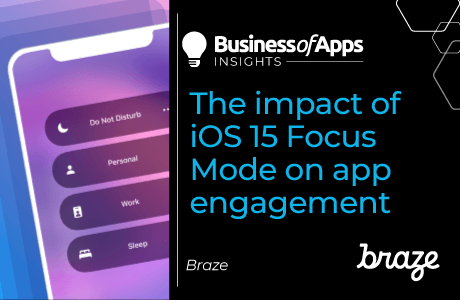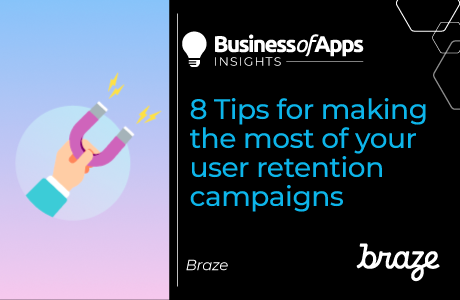Apple’s Worldwide Developers Conference (WWDC) kicked off with a bang as Apple executives pretended to launch themselves out of an airplane to a Mötley Crüe soundtrack. The excitement didn’t end there, though, with a jam-packed agenda of exciting new feature announcements across Apple’s entire suite of operating systems and devices.
While some may argue that finally getting the Calculator app on iPad after 14 years was the star announcement, our team at Braze is focusing our attention on a handful of key updates coming to iOS 18 later this year that may impact how brands engage customers on their Apple devices. Most of these new features will be widely available in September, though Apple will only be releasing Apple Intelligence features in beta at that time.
This post was first published on braze.com.
Get yourself up to speed before September with our roundup of the top features to watch for customer engagement teams.
Apple Intelligence will prioritize and summarize push notifications and emails
There’s a new AI in town! Apple Intelligence is Apple’s new AI framework that will leverage both on-device processing and larger server-based models to power features across all Apple devices and operating systems. The benefit of this hybrid approach, according to Apple, is that users will gain the benefits of AI without sacrificing the privacy of their personal data.
Notably for customer engagement teams, Apple Intelligence will be used to prioritize and summarize push notifications and emails in the Mail app. It’s part of a broader move we’ve seen with other Apple and Android announcements over the past few years to reduce the noise of notifications and give users more control over who can contact them and when.
In this release, AI will analyze the text in these messages, write a brief summary of long or stacked notifications, and place higher-priority messages at the top of the notification stack. iPhone users can even turn on a new Focus mode called ‘Reduce Interruptions,’ which will only display notifications it thinks might need immediate attention.
For brands with many customers on Apple devices, being relevant in your customer messaging will become even more important once Apple Intelligence is released.
This is a great opportunity to revisit your push and email strategy—are the messages you’re sending timely for each customer? Is the content tailored to that customer? Is there a clear call to action? Every iPhone user’s Priority notifications will look different, so there’s no hard and fast rule to getting onto the Priority list, but engaging customers with content they actually care about right when they need it is a good place to start.
Priority notifications
Source: Apple
RCS is finally arriving on the iPhone
RCS, or Rich Communication Services, is an IP-based messaging protocol that provides enhanced—or “rich”—capabilities, including text, voice, high-resolution images and video, and file transfer. An SMS 2.0, so to speak. It’s the default for peer-to-peer messaging on Android devices, but Apple has historically not supported RCS on iMessage… until now.
We covered this update, which was first announced back in November, in more detail in an earlier blog post. To summarize, Apple’s support for RCS will significantly improve the messaging experience between Apple and Android users (hello read receipts!) and it could affect the future of business messaging.
Apple Mail catches up on email categories
The Mail app is finally getting inbox categorization with the introduction of four new categories: Primary, Transactions, Updates, and Promotions. Gmail has offered similar categories for a few years now, and our advice for Apple Mail is the same as our guidance for Gmail: “The Promotions tab is exactly where you want to be because that’s where your recipients want you to be.” Don’t stress about trying to land in the Primary category; as long as you’re sending relevant messages that are adding value, your customers will know exactly where to find you.
In addition to categories, Apple is also adding a new Digest view to its Mail app. This will pull together all relevant emails from a brand into a single Digest that Apple Mail users can quickly scan for important information. Think: All of your flight information emails in one place right before a vacation, or all of your order status updates after you make an online purchase. A neat benefit of this new Digest view is that it does some of your marketing for you by resurfacing important information right when a customer is likely to need it most.
Apps are getting more private
Google and Apple both made similar announcements this year to give users more control over sensitive app data. Android 15 will introduce a new feature called Private Spaces, which allows users to store sensitive apps in a separate space with a separate user profile on their Android device. At WWDC, Apple announced that iPhone and iPad users will similarly be able to lock and hide apps on their devices.
Users can lock individual apps by requiring Face ID, Touch ID, or a passcode to access them, or they can move an app to a locked and hidden apps folder to hide it. When an app is hidden or locked, information from the app will not show up in notifications, search, or anywhere else on the device.
This feature is one to watch for apps that handle sensitive customer data, like banking and health apps. These apps may see lower, or at least delayed, push notification opens if a large number of customers choose to hide or lock the app.
iPhone push notifications will appear on Macs
Customer engagement teams know that their customers move across devices, but Apple’s new iPhone Mirroring feature will introduce a whole new world of device within a device engagement. iPhone Mirroring will allow Mac users to access and control their iPhones from their computer screens. iPhone notifications will appear alongside Mac notifications, and users will be able to launch straight into the mobile app from their Mac.
This update is interesting for customer engagement teams for a couple of reasons. First, the window for engaging mobile users just got wider, as you’ll be able to reach your iOS app users even when they’re not actively on or near their iPhones. Second, this could be an interesting opportunity to introduce web push to your channel mix, if you haven’t already. As Mac users grow more accustomed to desktop notifications coming from their mobile devices, they may be more open to opting into desktop notifications coming from their favorite brands’ websites.
iPhone Mirroring
Source: Apple
Live Activities are coming to Apple Watches
Two years ago, Apple introduced Live Activities to iPhones, giving mobile app teams a new channel on which to reach their iPhone users with persistent, dynamic updates on the Lock Screen. Last year, Apple expanded Live Activities to iPads and this year, Live Activities are coming to Apple Watches.
While the same use cases for Live Activities on iPhones will also apply on Apple Watches—delivery updates, rideshare status, sports scores—this could be particularly interesting for health and fitness apps. The Apple Watch is the most popular fitness tracker in the US, so workout and activity tracking seems like a natural fit for Live Activities on these devices.
Plus, Apple is making it even easier to get started with Live Activities on Apple Watch by automatically adding Live Activities to the Smart Stack with minimal code changes needed. Developers can still further customize the appearance and behavior of a Live Activity.
Apple Vision Pro is going global
In a few weeks, the Apple Vision Pro will become available in China, Hong Kong, Japan, Singapore, Australia, Canada, France, Germany, and the UK. Vision Pro and its associated operating system, visionOS, were released just last year in the United States, so it’s exciting to see it further expand and develop. Given its relatively high price and limited availability up to this point, we haven’t seen wide adoption of Vision Pro; it’s rumored that Apple sold 200,000 of the devices in its first run.
It will be interesting to see how it gains traction as it expands to more markets and continues to add new functionality. Brands that may see more customer demand for Vision Pro support, like video streaming companies, may want to start exploring visionOS engagement options sooner rather than later. Check out our blog post on how Braze added SDK support for visionOS and where we see this going in the future.
Final thoughts
WWDC was jam-packed with exciting updates this year, both for Apple consumers and for the teams that develop iOS apps and engage customers through those apps. We expect the new operating system versions to be released in mid-September, and our teams at Braze will continue testing them in beta and building SDK support for any relevant updates.














